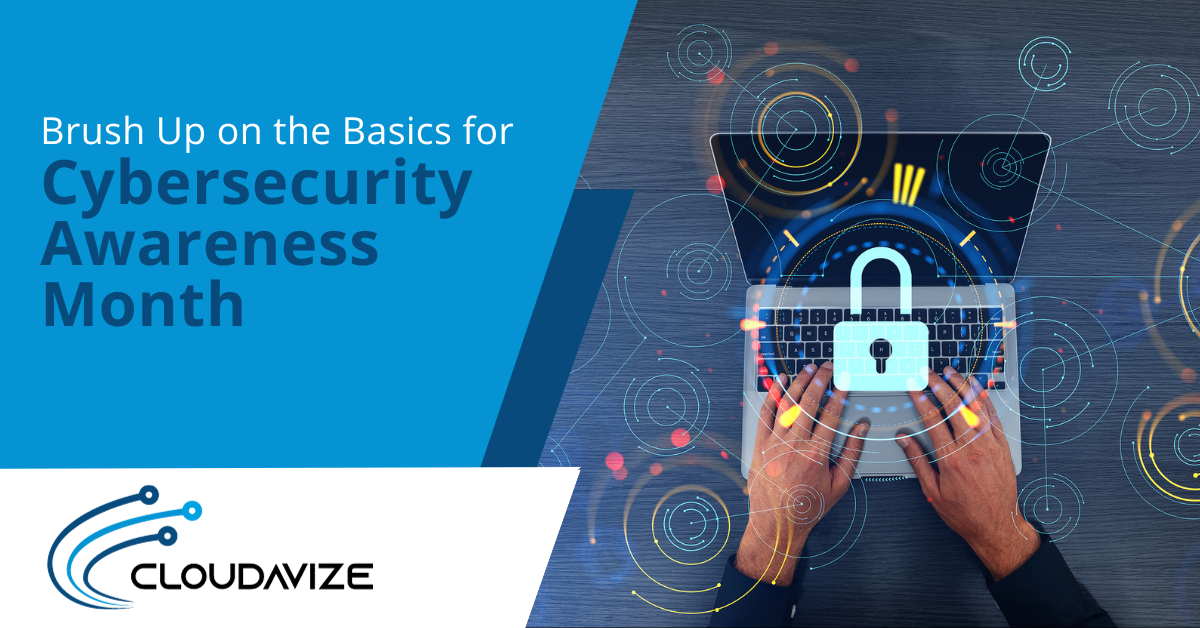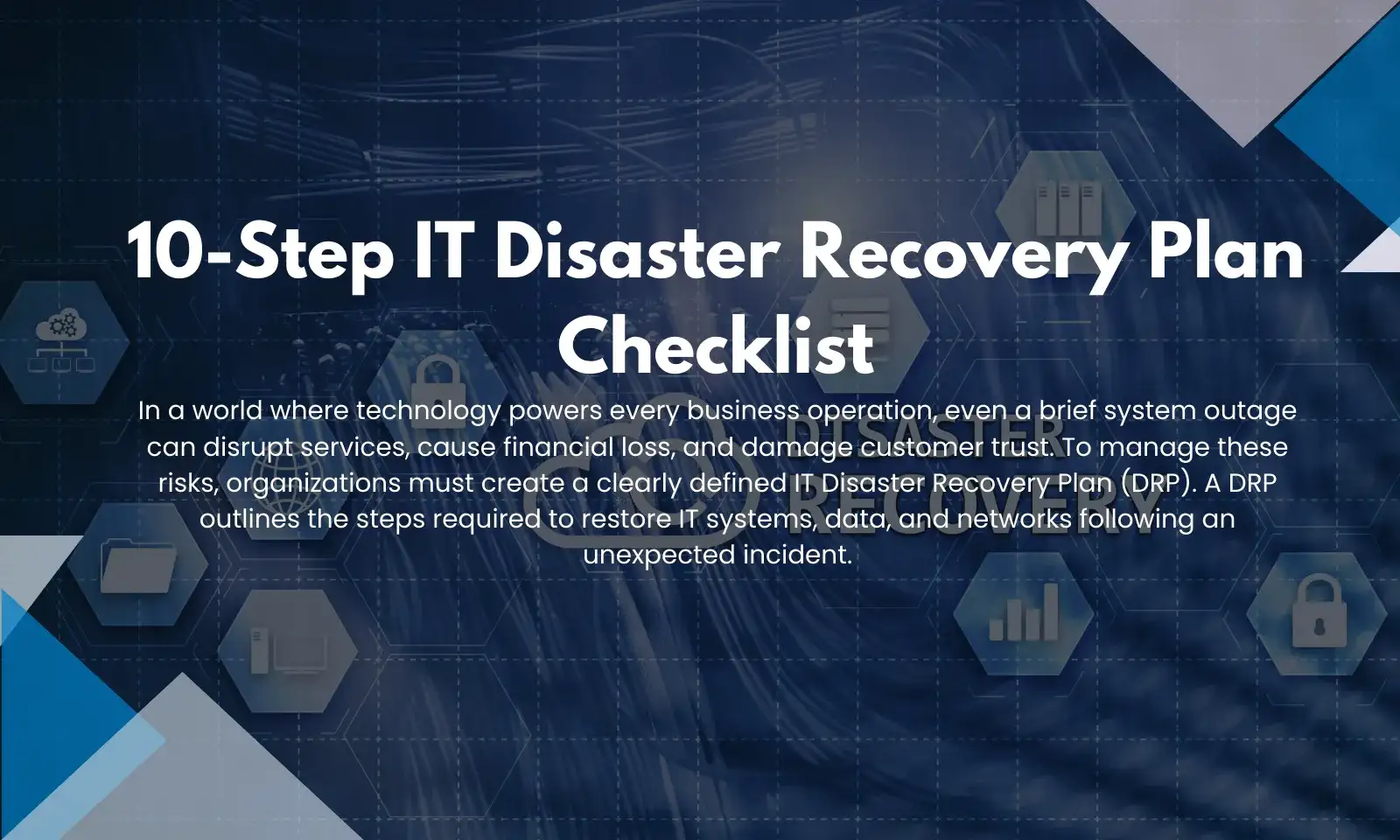In today’s interconnected world, the importance of cybersecurity cannot be overstated. As our reliance on technology and the internet continues to grow, so does the potential for cyber threats.
Each October, we observe Cybersecurity Awareness Month as a reminder of the critical need to protect our digital lives. In this comprehensive article, we will delve into the fundamentals of cybersecurity, explore the evolving threat landscape, and provide in-depth insights into best practices for safeguarding your digital world.
Table of Contents
What is Cybersecurity?
To embark on a journey towards better cybersecurity, we must begin with a solid understanding of its core principles. Cybersecurity is the practice of safeguarding our digital systems, networks, and data from a wide range of threats.
These threats can take many forms, including viruses, malware, phishing schemes, hacking attempts, and other malicious activities. The ultimate goal of cybercriminals is to exploit vulnerabilities within our digital infrastructure to steal sensitive information, disrupt operations, or cause financial harm.
The Cybersecurity Threat Landscape
The landscape of cybersecurity threats is continually evolving. Cybercriminals are becoming increasingly sophisticated, employing tactics that are both technologically advanced and socially engineered. Here are some of the common threats that you should be aware of:
- Malware: Malware, short for malicious software, encompasses various forms such as viruses, worms, Trojans, and ransomware. These programs are designed to infiltrate and infect your devices and systems, potentially leading to data loss and financial damage.
- Phishing: Phishing attacks are social engineering tactics that involve tricking individuals into revealing sensitive information like passwords or financial details through deceptive emails or fraudulent websites.
- Hacking: Hackers employ various methods to breach systems and gain unauthorized access, often leading to data breaches, unauthorized transactions, or service disruptions.
- Social Engineering: This form of attack involves manipulating individuals into revealing confidential information, often through impersonation, persuasion, or psychological manipulation.
- DDoS Attacks: Distributed Denial of Service (DDoS) attacks aim to overwhelm a system or network, rendering it inaccessible to legitimate users.
- Insider Threats: Not all threats come from external sources; sometimes, employees or individuals within your organization may pose a threat to data security.
The Importance of Cybersecurity
Understanding the critical role of cybersecurity is essential in today’s digital landscape. A security breach can have severe consequences, including:
- Financial Loss: Data breaches and cyberattacks can result in significant financial losses through theft or fraud.
- Reputation Damage: A breach can severely damage your organization’s reputation, eroding trust with customers and partners.
- Legal Consequences: Depending on the nature of the breach and applicable regulations, your organization may face legal repercussions.
- Data Loss: Data is a valuable asset, and losing it can be catastrophic, affecting operations and decision-making.
- Disruption: Cyberattacks can disrupt day-to-day operations, leading to downtime and a loss of productivity.
Basic Cybersecurity Practices
Now that we’ve established the importance of cybersecurity, let’s delve into the fundamental practices you should follow to protect yourself and your organization:
- Strong Passwords: Utilize complex, unique passwords for all accounts and update them regularly.
- Multi-Factor Authentication (MFA): Enable MFA wherever possible to add an extra layer of security.
- Regular Updates: Keep your operating systems, software, and applications up to date to patch vulnerabilities.
- Firewalls and Antivirus Software: Install and regularly update firewalls and antivirus software to protect against malware.
- Awareness Training: Educate yourself and your employees about the latest cybersecurity threats and how to recognize them.
- Data Backups: Regularly back up your data to prevent data loss in case of a breach.
- Access Control: Limit access to sensitive data and systems to authorized personnel only.
- Incident Response Plan: Develop a plan to respond to security incidents, ensuring a quick and effective resolution.
- Encryption: Use encryption to protect sensitive data during transmission and storage.
Seeking Professional Help
While adhering to these cybersecurity basics is an excellent start, it’s vital to acknowledge the complexity of the field. Cyber threats continually evolve, and even with the best practices in place, vulnerabilities may exist. This is where professional assistance can make a significant difference.
At Cloud Avize, we specialize in providing comprehensive cybersecurity solutions tailored to your specific needs. Our team of experts can assess your current security measures, identify vulnerabilities, and implement robust defenses to safeguard your digital environment. With our assistance, you can enjoy peace of mind, knowing that your organization is protected from the ever-evolving threat landscape.
Protect Yourself Today
Cybersecurity Awareness Month serves as an annual reminder that cybersecurity is not just a one-time concern but a constant priority in our digital lives. It’s not merely about protecting data; it’s about safeguarding your organization’s reputation, financial stability, and future.
By brushing up on the basics and taking proactive steps to secure your digital presence, you can significantly reduce the risk of falling victim to cyber threats.
Remember that cybersecurity is an ongoing process. Stay informed about the latest threats, update your knowledge, and adapt to new challenges. If you ever feel overwhelmed or unsure about your security measures, don’t hesitate to contact us at Cloud Avize. Our experts are here to help you navigate the complex world of cybersecurity, ensuring that your digital world remains safe and secure.



